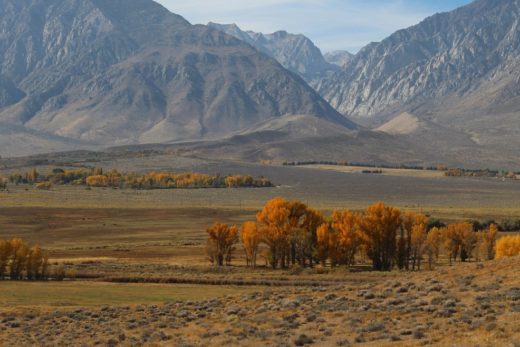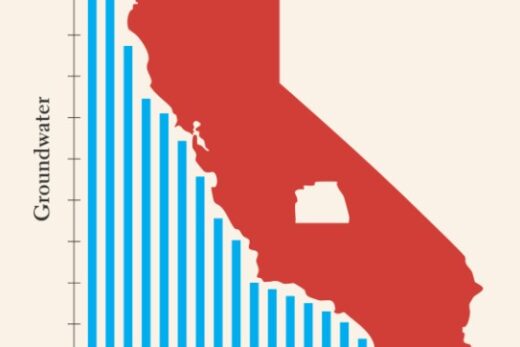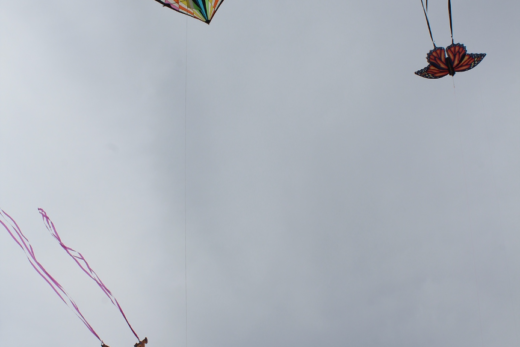From Mariachi Plaza, head north on North Boyle Avenue for a few blocks. Turn right (southeast) on Caesar Chavez Avenue and continue into East L.A.’s densely-packed business district.
This street is appropriately named after the late, beloved civil rights champion and leader of the United Farm Workers Union. You are in part of the largest Mexican cultural and business district outside Mexico, surpassing Broadway in downtown L.A. Should you continue deeper into this district along Caesar Chavez, you will experience another series of learning adventures that could easily consume a full day. East L.A. was already gaining fame in California popular culture before it exploded into the spotlight with site-specific art and music that included exaggerated stereotyped spoofs such as Cheech Marin’s Born in East L.A in 1987. It is one of those unincorporated, but renowned L.A. County communities where some residents and leaders have repeatedly attempted to carve out their own separate city, but have been thwarted by inadequate financial resources. Stay tuned.
And this gives us a brief opportunity to remind you that nearly everyone’s definition of Los Angeles is literally and figuratively different. For instance, there are places that people might think are independent cities, but are only common Post Office names within the City of L.A. These include Hollywood, Westwood, Century City, Venice, Westchester, Van Nuys, Woodland Hills, and San Pedro: all within the unimaginably jagged and contorted boundaries of the sprawling City of Los Angeles. Then there are the unincorporated places that are part of, and served by, the County of Los Angeles. This includes more than 100 named communities and 65% of the land area within county boundaries. As example, some might say that the only thing East L.A. and Marina del Rey have in common is being non cities within the county. And then there are separate, incorporated cities with their own boundaries that people might think were in L.A. City, but they aren’t. These include West Hollywood, Santa Monica, Malibu, Culver City, Compton, and Beverly Hills. You can see how this tour has reshaped countless mental maps and perceptions of L.A.
Continue well past the I 5 Freeway until you get to Soto Street. Before you turn, you might see King Taco one block ahead. This Mexican fast-food chain success story grew from a 1970s food truck to 22 established locations in L.A. and San Bernardino Counties.
Turn right (south) on North Soto Street and continue past 1st Street. Turn right (northwest) on 4th Street. Just before crossing the I 5 Freeway barrier again, you will pass another popular community gathering space: Hollenbeck Park.
Continue along 4th Street, crossing the 101 Freeway and L.A. River again. Soon, the road will split into a one-way choice that requires you to veer right on to East 4th Place. Continue northwest to Alameda.
Warning: If it is getting dark or you are squeamish, you will want to end the tour here as we are entering skid row and rougher, higher-crime neighborhoods that are best explored with plenty of daylight.
Otherwise, for a realistic experience that reminds us of those who struggle to barely survive in this competitive city, continue northwest past Alameda as your one-way path becomes 3rd Street. Continue northwest past San Pedro Street and turn left (SW) on Wall Street, then left (southeast) on 6th Street to San Pedro Street.






